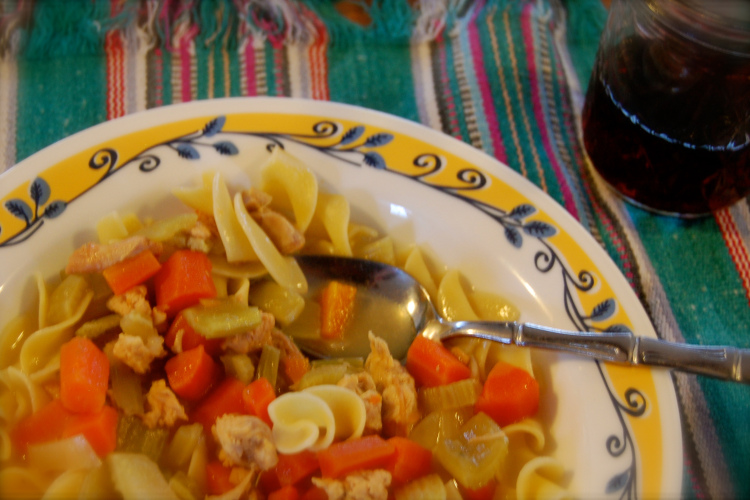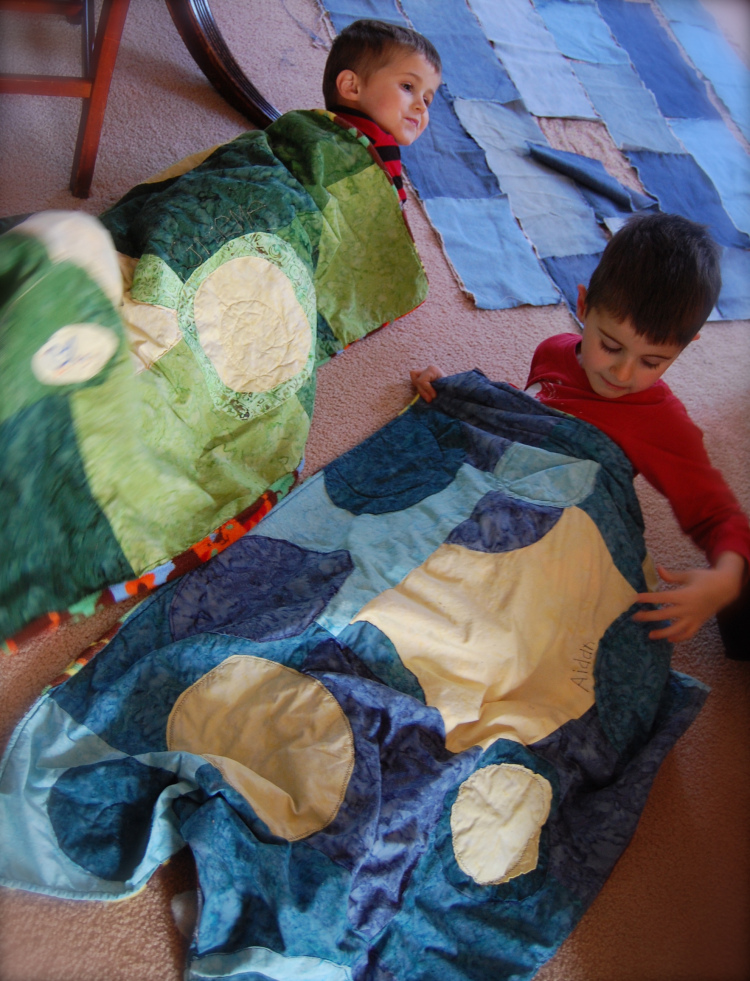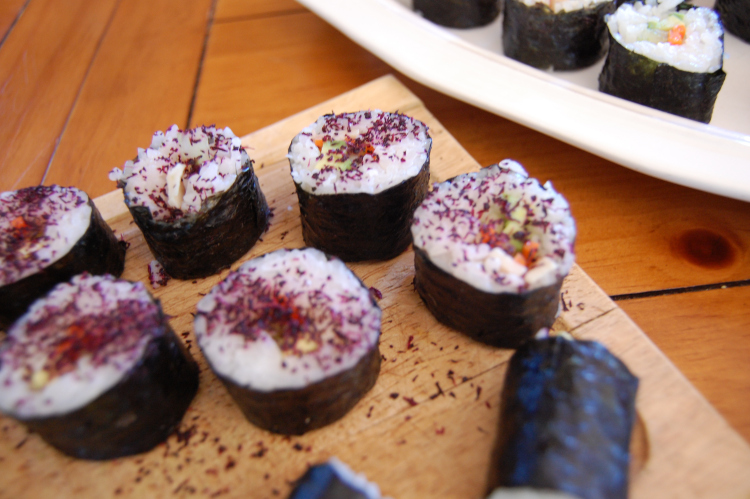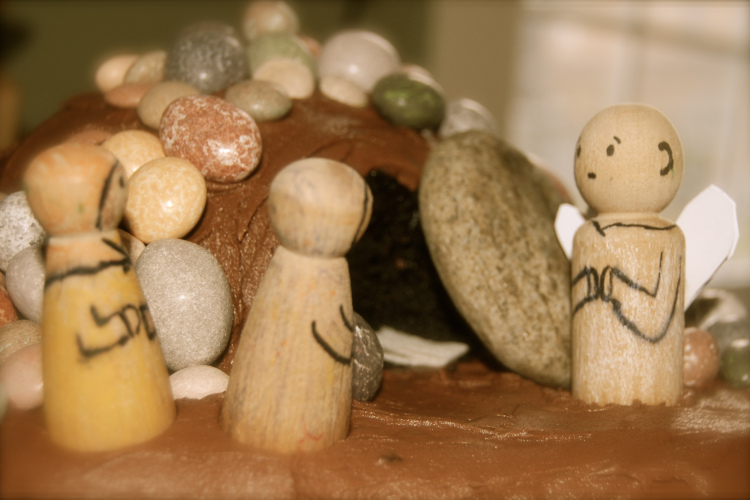1. The premise feels phony and staged:
Pollan has said that he is “more at home in the garden than the kitchen” (In Defense of Food), but this modesty about his cooking skills is less than convincing to those who read The Omnivore’s Dilemma, in which he prepared a highly local meal of wild pork cooked two ways, bread leavened with wild yeasts he captured himself, and a sour cherry galette with fruit from Pollan’s own trees.
This same odd forgetfulness characterizes Pollan’s new book, in which he describes himself as a person who “seldom made time for cooking or gave it much consideration,” a puzzling confession coming from the man who told us boldly in 2008 to “cook, and if you can, plant a garden.” Instead of the competent cook whose culinary plans for his wild boar involved braises and reductions, brining and crushed peppercorns, and roasting over olive wood, in Cooked, Pollan casts himself as bumbling in the kitchen, a novice whose “most successful dishes leaned heavily on the cooking of others.” One could argue that Pollan came to understand himself as a culinary ingénue simply by immersing himself in the wealth of all there is to know about traditional Southern barbecue, the history of pot-cooked dishes, and the science of bread baking, cheesemaking, and fermentation (all prominent in Cooked)—that he came, as diligent students do, to realize how very little he really did know about cooking. But that’s not how he tells the story. No, we are to somehow conjure a Michael Pollan who in spite of his prior evangelizing on the importance of home cooking, never gave much thought or attention to what went on in the kitchen of his own house, and has only recently learned the words to describe what he loves most about bread:
“I especially love the contrast between a rugged crust and a moist, tender, alveolate interior—the ‘crumb,’ as I’ve learned to call it, now that I’ve been hanging around bakers.”
However, Pollan doubts the possibility that he will ever become one of their magical kind; he notes that “in ancient Greece, the word for ‘cook,’ ‘butcher,’ and ‘priest was the same—magieros,” and that it “shares an etymological root with ‘magic.’ “
“I had little reason,” he writes, “to believe I’d be, or ever become, any good at [baking bread.] To the contrary. I had baked one or two loaves years before with only middling results, and had concluded baking was probably not for me.”
At which point I scratched my head and turned back to The Omnivore’s Dilemma (page 408) and found that not only had Pollan’s bread garnered praise from a culinary professional, he’d also known to refer to the “alveolate interior” of bread as “the ‘crumb’ ” long before he began “hanging around bakers”:
“Angelo reserved his most enthusiastic praise for my bread, which I’ll admit did have a perfect crust, an airy crumb, and a very distinctive (though not at all sour) flavor.”
2. He makes it seem like home cooking and baking is something almost no one can really do:
The Michael Pollan of In Defense of Food (2008) was happy enough to let us simply play around in the kitchen to the betterment of our bodies and souls (cf. Robert Farrar Capon, The Supper of the Lamb, 1966), the Michael Pollan of 2013 seems to be engaging in a literary form of the extreme Food Network performances he writes of with faint disdain. Is Pollan’s goal for us all to feel as if we’re rushing things if we sauté the onions for ten minutes instead of a “half hour at least” or if we bake homemade bread with (gasp) commercial yeast instead of a natural levain? While he intends his extreme Slow Food project to lodge a protest against “the total rationalization of life,” he (perhaps unwittingly) makes the whole endeavor of cooking seem a lot more esoteric and difficult than it is. It’s not hard to imagine that many people will put down Cooked believing themselves incapable of making a good meal, simply because they can’t, like Pollan, devote several years to casual apprenticeships with expert brewers, bakers, pit-masters, and chefs.
3. He is way, way too enamored of microbes, and way too nostalgic in general.
It sure is easy to bewail things being too clean and free of friendly microbes when you live in Berkeley, California and have the resources to seek help should your fermented cabbage wreak (or, more accurately, reek) havoc on your body, and to rhapsodize about all the benefits of friendly bacteria from fermented foods that “our ancestors” ate, but, come on now. We may be living in a more “toxic” (or toxically sterile) environment than ever, but we in the developed world at least are living longer and longer and longer.
Overall, Cooked is a well-written account of a decent cook becoming a better cook–and a guy who doesn’t seem to get out of Berkeley enough, or to read enough about the history of epidemic disease.
{Read my full review at Books & Culture}







